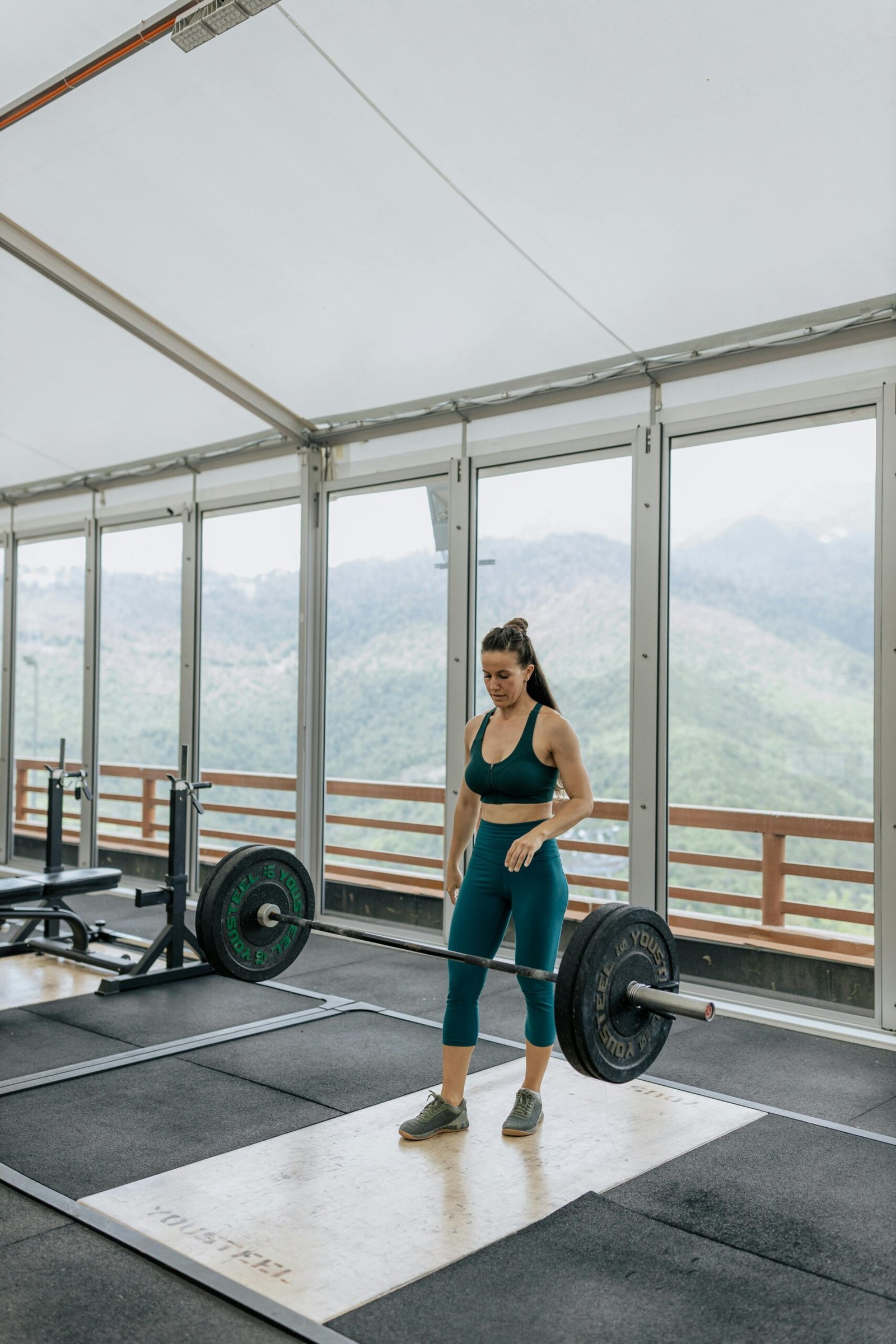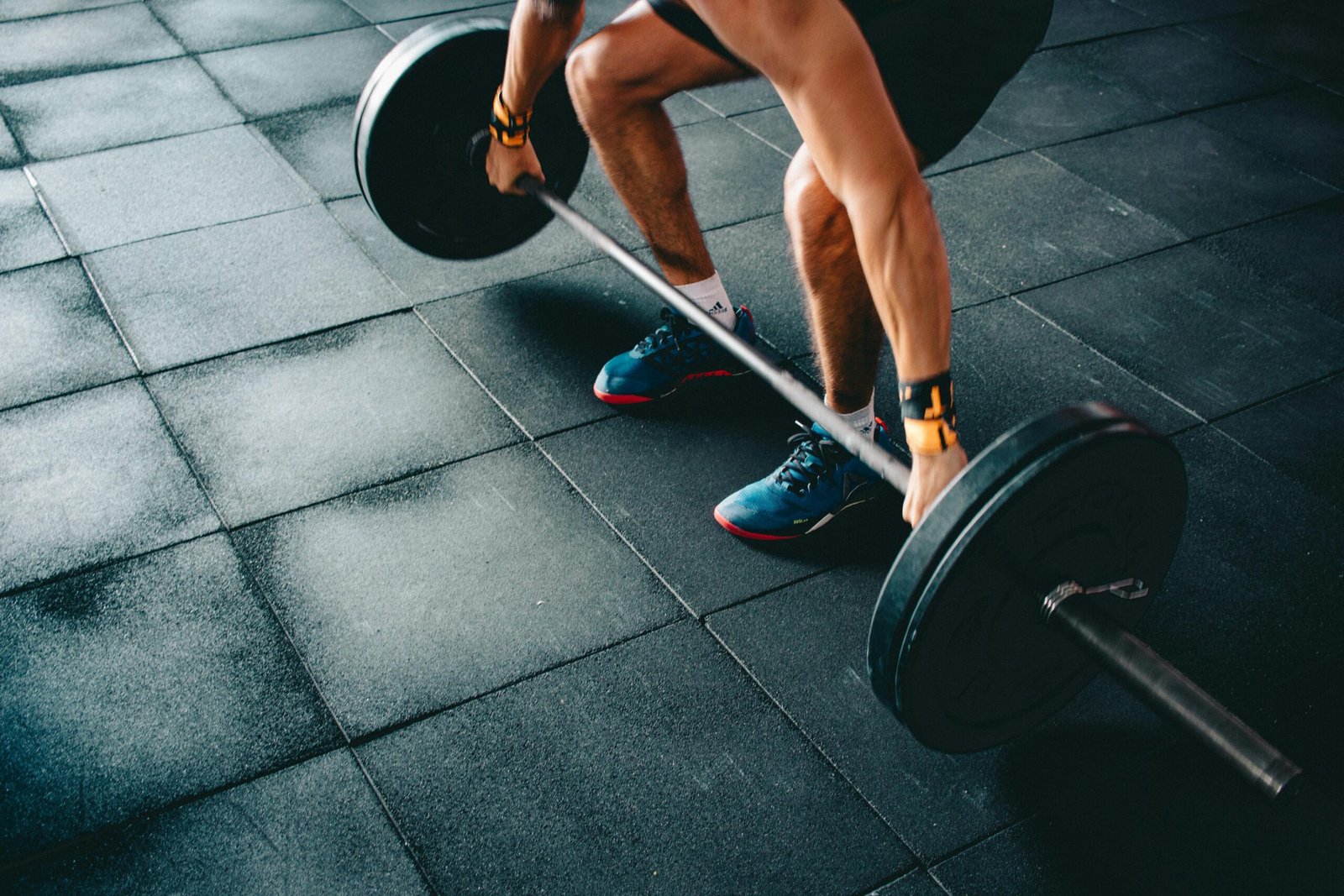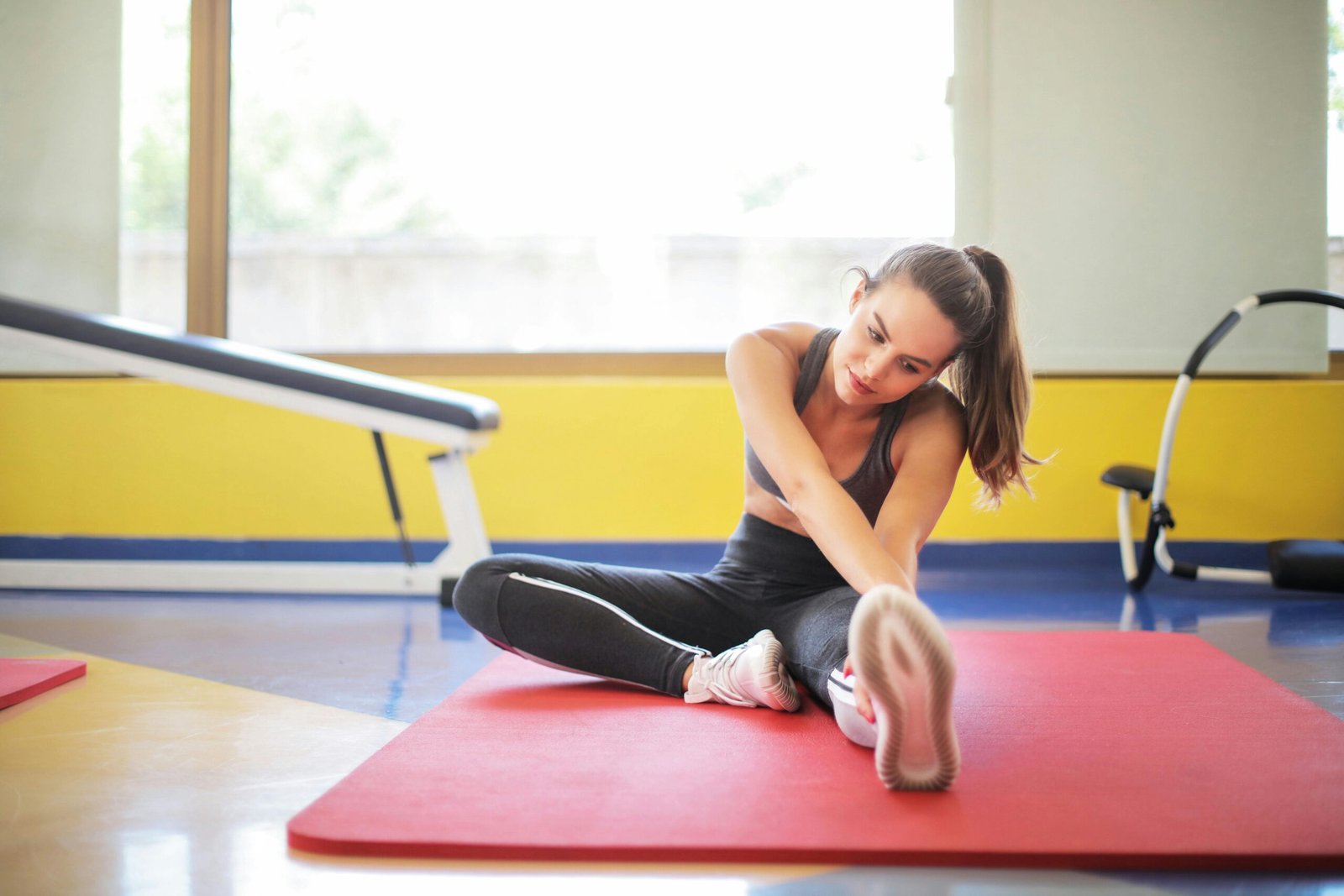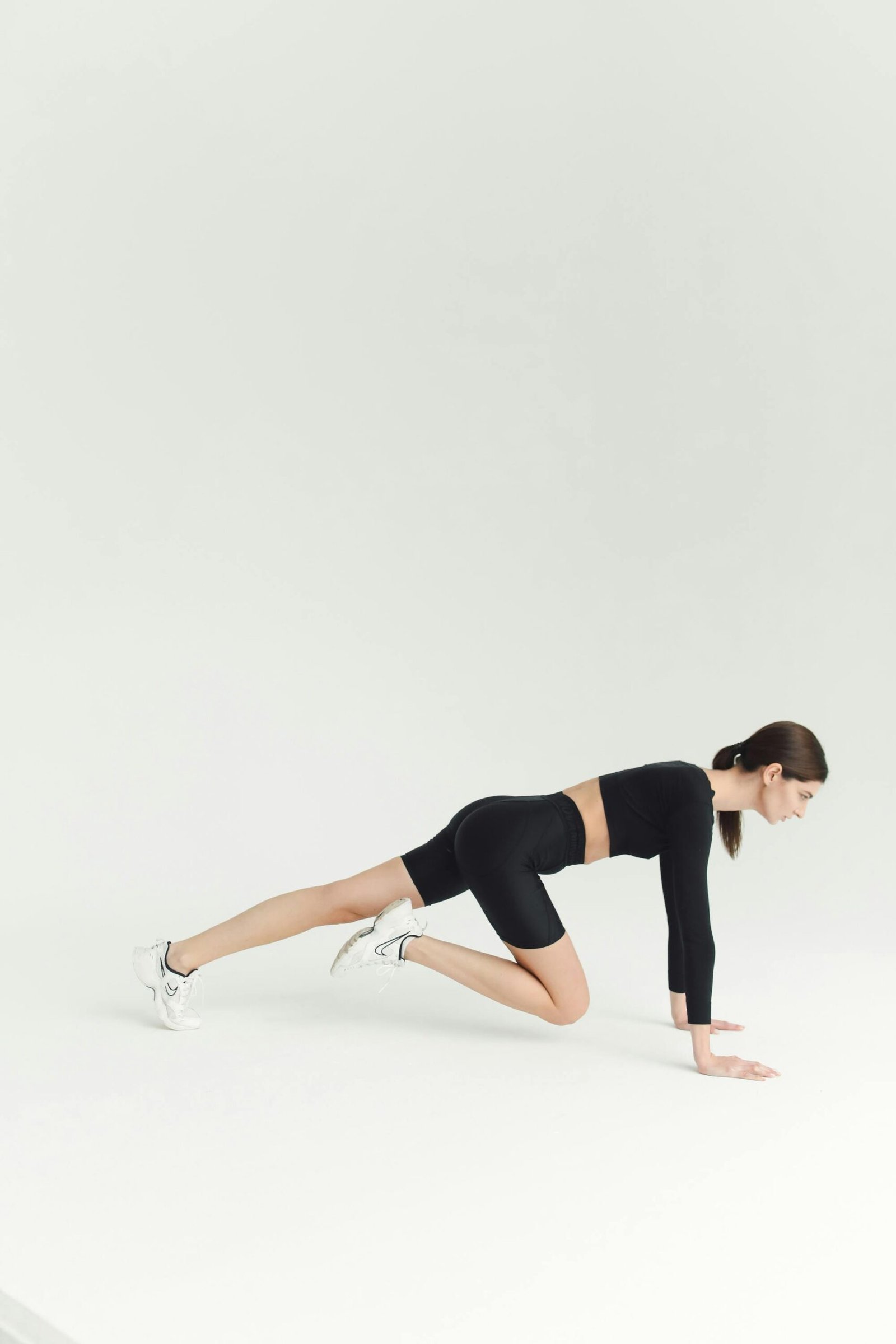Exercise is key to good health. But we tend to limit ourselves to one or two types of activity. People do what they enjoy, or what feels the most effective, so some aspects of exercise and fitness may be ignored. In reality, we should all be doing aerobics, stretching, strengthening, and balance exercises. Here, we list what you need to know about each exercise type and offer examples to try, with a doctor’s okay.
The 4 Most Important Types of Exercise
Strengthening, stretching, balance, and aerobic exercises will keep you active, mobile, and feeling great.
1. Aerobic exercise

Aerobic exercise, which speeds up your heart rate and breathing, is important for many body functions. It gives your heart and lungs a workout and increases endurance. If you’re too winded to walk up a flight of stairs, you need to see your doctor for a medical evaluation. If it’s just because you are deconditioned, then you will need more aerobic exercise to help condition your heart and lungs and get enough blood to your muscles to help them work efficiently.
Aerobic exercise also helps relax blood vessel walls, lower blood pressure, burn body fat, lower blood sugar levels, reduce inflammation, and boost mood. Combined with weight loss, it can also lower “bad” LDL cholesterol levels. Over the long term, aerobic exercise reduces your risk of heart disease, stroke, type 2 diabetes, breast and colon cancer, depression, and falls.
Aim for at least 150 minutes per week of moderate-intensity activity. Try brisk walking, swimming, jogging, cycling, dancing, or classes like step aerobics.
2. Strength training

As we age, we lose muscle mass. Strength training builds it back. Regular strength training will help you feel more confident and capable of daily tasks like carrying groceries, gardening, and lifting heavier objects around the house. Strength training will also help you stand up from a chair, get up off the floor, and go upstairs.
Strengthening your muscles not only makes you stronger, but also stimulates bone growth, lowers blood sugar, assists with weight control, improves balance and posture, and reduces stress and pain in the lower back and joints.
A physical therapist or certified personal trainer can design a strength training program that you can do two to three times a week at a gym, at home, or at work. It will likely include body weight exercises like squats, push-ups, and lunges, and exercises involving resistance from a weight, a band, or a weight machine.
It’s important to feel some muscle fatigue at the end of the exercise to make sure you are working or training the muscle group effectively.
3. Stretching

Stretching helps maintain flexibility. We often overlook that in youth when our muscles are healthier. But aging leads to a loss of flexibility in the muscles and tendons. Muscles shorten and don’t function properly. That increases the risk for muscle cramps and pain, muscle damage, strains, joint pain, and falling, and it also makes it tough to get through daily activities, such as bending down to tie your shoes.
Likewise, stretching the muscles routinely makes them longer and more flexible, which increases your range of motion and reduces pain and the risk for injury.
Aim for a program of stretching every day or at least three or four times per week.
Warm up your muscles first, with a few minutes of dynamic stretches—repetitive motion such as marching in place or arm circles. That gets blood and oxygen to muscles, and makes them amenable to change.
Then perform static stretches (holding a stretch position for up to 60 seconds) for the calves, the hamstrings, hip flexors, quadriceps, and the muscles of the shoulders, neck, and lower back.
However, don’t push a stretch into the painful range. That tightens the muscle and is counterproductive.
4. Balance exercises

Improving your balance makes you feel steadier on your feet and helps prevent falls. It’s especially important as we get older, when the systems that help us maintain balance—our vision, our inner ear, and our leg muscles and joints—tend to break down. The good news is that training your balance can help prevent and reverse these losses.
Many senior centers and gyms offer balance-focused exercise classes, such as tai chi or yoga. It’s never too early to start this type of exercise, even if you feel you don’t have balance problems.
You can also go to a physical therapist, who can determine your current balance abilities and prescribe specific exercises to target your areas of weakness. That’s especially important if you’ve had a fall or a near-fall, or if you have a fear of falling.
Typical balance exercises include standing on one foot or walking heel to toe, with your eyes open or closed. The physical therapist may also have you focus on joint flexibility, walking on uneven surfaces, and strengthening leg muscles with exercises such as squats and leg lifts. Get the proper training before attempting any of these exercises at home.
FAQs
1. How much exercise do I need each week?
The American Heart Association recommends at least 150 minutes of moderate-intensity aerobic exercise or 75 minutes of vigorous-intensity exercise per week. Strength training should be done at least two times a week, while stretching and balance exercises can be performed daily or at least 3–4 times a week.
2. Can I combine different types of exercise in one workout?
Yes! You can mix different exercises in a single session to maximize benefits. For example, a workout can include:
- Warm-up (dynamic stretching)
- Aerobic exercise (brisk walking, jogging, cycling)
- Strength training (squats, push-ups, resistance bands)
- Balance exercises (standing on one leg, heel-to-toe walk)
- Cool-down (static stretching)
3. What’s the best type of exercise for weight loss?
A combination of aerobic exercise and strength training is most effective for weight loss. Aerobic activities burn calories, while strength training builds muscle, which boosts metabolism and helps burn more calories at rest.
4. Is stretching necessary before and after a workout?
Yes. Dynamic stretching (e.g., arm circles, leg swings) before a workout warms up the muscles, reducing injury risk. Static stretching (holding a stretch) after a workout improves flexibility and helps with recovery.
5. What exercises are best for improving balance?
Some effective balance exercises include:
- Standing on one foot (hold for 10–30 seconds)
- Heel-to-toe walking
- Tai Chi or yoga
- Leg raises and squats (to strengthen leg muscles)
6. How can I start exercising if I’m a beginner?
Start slowly and choose activities you enjoy. Walking is a great way to begin aerobic training. For strength, use light weights or bodyweight exercises. Stretching and balance exercises can be simple and done at home. Always consult your doctor before starting a new exercise program.
Conclusion
Incorporating all four types of exercise—aerobic, strength training, stretching, and balance—is essential for overall health and well-being. Each type plays a unique role in keeping you strong, flexible, and mobile, helping to prevent injury, improve endurance, and enhance daily functioning.
By creating a balanced workout routine, you can improve heart health, muscle strength, flexibility, and stability, reducing the risk of chronic diseases and maintaining independence as you age. Remember, the best exercise is the one you enjoy and can do consistently!
Start small, mix different activities, and listen to your body. If you’re new to exercise or have any health concerns, consult your doctor before beginning a new routine. Stay active, stay strong, and most importantly—have fun moving.